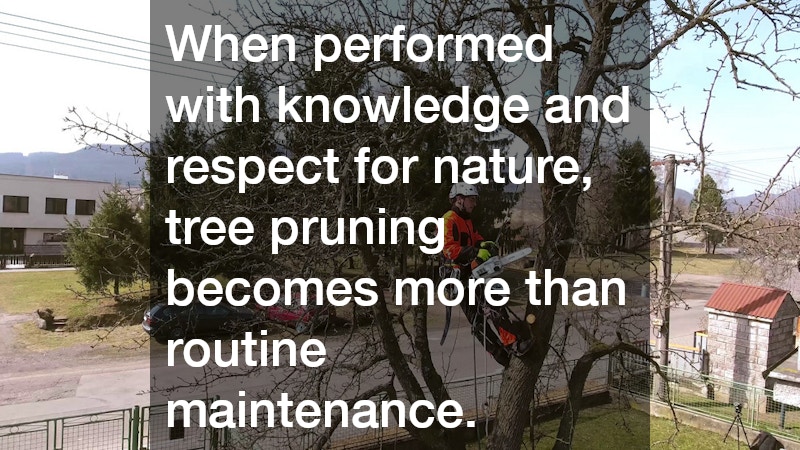A well-maintained landscape is a reflection of care, balance, and beauty. One of the most effective ways to promote the vitality and appearance of your trees is through proper pruning. When done correctly, it not only enhances their shape but also encourages new growth, prevents disease, and protects your property from potential hazards. Whether you’re managing a small backyard garden or a sprawling estate, understanding the art and science behind pruning can make all the difference in creating a thriving outdoor space.
Understand Why and When to Prune
Pruning isn’t just about cutting away branches—it’s about timing, purpose, and precision. Each snip affects the tree’s health and structure.
The main reasons for pruning are to remove dead or diseased limbs, improve air circulation, shape the canopy, and encourage stronger growth. The timing of pruning depends on the type of tree and your local climate.
Generally, late winter or early spring—before new growth begins—is the ideal period for most species. During this time, trees are dormant, which helps minimize stress and the risk of pest infestations. However, flowering trees often benefit from pruning right after they bloom, so you don’t accidentally remove next season’s buds. Always research your specific tree variety before taking action to ensure the best results.
Choose the Right Tools and Techniques
Quality tools make a significant difference in both the ease of the job and the health of the tree. Essential tools include hand pruners for small branches, loppers for medium ones, and a pruning saw for thicker limbs. Sharp, clean blades are key—they ensure smooth cuts that heal faster and reduce the chance of infection.
When making cuts, always aim just outside the branch collar (the slightly swollen area where a branch joins the trunk). This helps the tree heal naturally. Avoid leaving stubs or cutting too close, as both can lead to decay. For larger branches, use the three-cut method: make a small notch on the underside of the branch, then a cut from the top to remove most of the weight, and finally, a clean finish near the collar. This technique prevents bark tearing and safeguards the trunk.
Proper cleanup afterward is also essential. Dispose of diseased or infested branches right away to prevent spreading issues to nearby plants. You can compost healthy clippings or repurpose them as mulch, which helps retain soil moisture and regulate temperature. This sustainable approach turns your pruning waste into a valuable resource for your garden.
Focus on Structure and Balance
A tree’s shape should enhance both its natural beauty and stability. Begin by removing any dead, crossing, or inward-growing branches that interfere with airflow and sunlight penetration. Next, thin out crowded areas to allow light to reach interior leaves—this helps sustain overall health and reduces the risk of fungal growth.
When shaping young trees, focus on developing a strong central leader (main trunk) with evenly spaced branches. Avoid over-thinning, as removing too much foliage can stress the tree and hinder its ability to produce food through photosynthesis. A good rule of thumb is to never remove more than one-third of the canopy in a single season. Patience pays off—gradual, strategic pruning over several years produces far better results than aggressive cutting in one go.
Prioritize Safety and Tree Longevity
Safety should always come first. Before starting, inspect your surroundings for hazards such as power lines or unstable branches. For tall or hard-to-reach areas, it’s best to hire a certified arborist. Professionals not only have the right equipment but also understand how to prune safely without damaging the tree.
Regular maintenance can prevent major issues down the line. Overgrown branches can interfere with structures, block sunlight from gardens, or become dangerous during storms. By staying proactive, you protect both your landscape and your investment. Additionally, pruning encourages the tree to channel energy into healthy new growth, strengthening its root system and overall resilience.
A thoughtfully pruned tree is both a visual delight and a sign of good stewardship. By understanding when to prune, using the right techniques, and prioritizing balance and safety, you can transform your outdoor space into a lush, vibrant environment. Remember that patience and consistency yield the best results—trees respond over time, not overnight.
Whether you’re shaping young saplings or maintaining mature trees, the care you invest today ensures that your landscape remains healthy and beautiful for years to come. When performed with knowledge and respect for nature, tree pruning becomes more than routine maintenance—it becomes an art that celebrates growth, renewal, and harmony in your garden.

